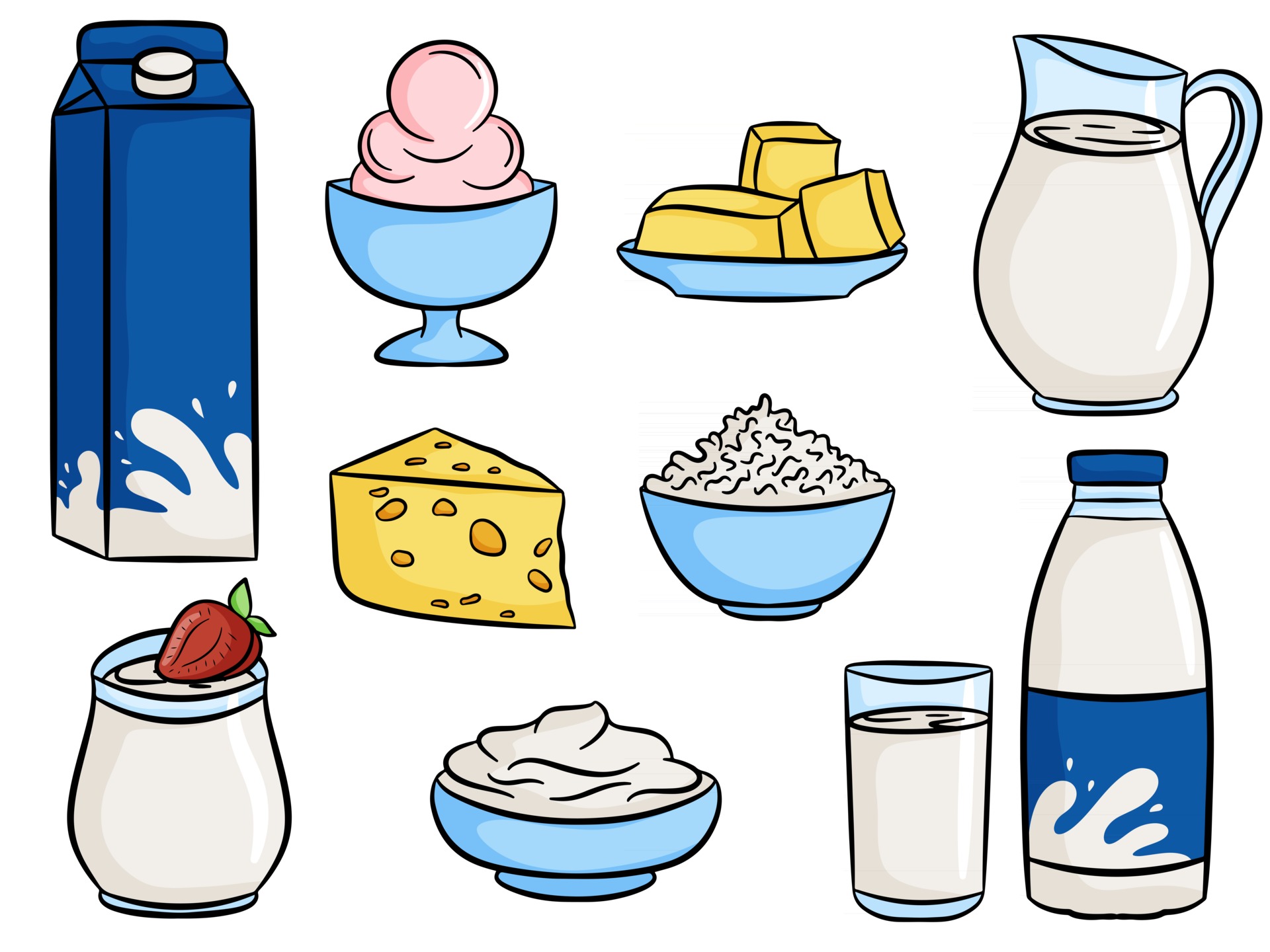By Tunde Animasaun
Nigeria is estimated to be over 200 million in population. More than 80 percent of this population falls between the children and youth age brackets thus making the country one of the biggest markets for dairy business all over the world. It has equally been established that Nigeria’s per capita consumption of milk is eight litres, a far cry from the global average of 44 litres, according to the Food and Agriculture Organisation (FAO)) of the United Nations (U.N).thus leaving a deficit of 36 litres per capita. Research has also confirmed that of the estimated 1.3 billion tonnes of milk consumed annually in Nigeria, 60 percent is imported thus forcing the country to spend the huge sum of US$1.5 billion yearly on importation to meet the rising demand for milk and milk products.
It is estimated that Nigeria has about 20 million cattle making her the 4th largest cattle population in Africa, 2.35 million out of which are used for dairy production. Surprisingly, however, the nation has not been able to optimise the potential of her cattle population partly because the sector is populated, mainly by Fulani pastoralists who practice at the subsistence level, and partly due to the unstructured nature of cattle husbandry for meat and dairy production. The Nigerian dairy sector despite its size, relative to other African countries, is largely fragmented, unproductive, and inefficient. With a milk deficit of 1.2 million metric tonnes per annum, the sector offers huge potential for returns on investment. According to the Ministry of Agriculture, “Nigeria’s milk production accounts for only 13 percent of West African production and 0.01 percent of global dairy output,”
Though the quartet of FrieslandCampina, owners of Peak, Three Crowns, Coast, and Nunu milk brands; Promasidor, makers of Cowbell, Loya, and Miksi; Chi Hollandia, makers of Hollandia Evap, and Arla Dano, makers of Dano have heeded the Central Bank Of Nigeria’s call for partnership in developing the sector through investments in dairy farms and other backward integration initiatives, the absence of a dairy policy has made this largely uncoordinated and difficult to evaluate and streamline for maximisation.
In 2020, FrieslandCampina established The Center for Nigerian Dutch Dairy Development (CNDDD) with the aim of improving dairy production in Nigeria and driving the integrated Nigerian sustainability agenda by bringing together relevant parties and sharing Dutch expertise on dairy with the Nigerian government, the academic community, students and the local dairy farmers. In addition to knowledge exchange, FrieslandCampina also invests in a network of milk collection points. For example, in the last ten years, 28 local milk collection points were constructed and FrieslandCampina also invested in water wells, improved breeds, and training livestock farmers. With the Dairy Development Programme in Nigeria, the company is helping about 10,000 farmers and creating value in the local milk production value chain.
Similarly, Fan Milk Plc, the Nigerian subsidiary of multinational Danone, in the quest to develop the dairy sector in Nigeria, has partnered with the Ogun State government to undertake a backward integration project to enhance local dairy production in the State. This project will see Fan Milk establishing a world-class dairy farm and technical institute at the Odeda Farm Institute to avail and transfer the expertise of its parent company to Nigeria as the technical institute will train local dairy farmers and improve their skills while the dairy farm will also incorporate pasture development.
Another multinational, Promasidor, is also undertaking a similar project in Ekiti State as the company has invested US$5m to boost the dairy industry in the State through the reactivation of the moribund Ikun Dairy Farm. Established in the early 1980s as an integrated agro-allied farm, Ikun Dairy Farm covers 1,000 hectares of land. The reactivation of the ailing industry is done in partnership with the Central Bank of Nigeria and is expected to produce 10,000 litres of milk daily.
In the same vein, CHI Limited, a subsidiary of Coca-Cola has also joined the CBN’s backward integration programme and has begun a massive infrastructural development of facilities at the Bobi Grazing Reserve in Niger State that will involve the upgrading of the existing facilities and construction of new ones in a bid to boost milk output.
Arla, makers of Dano, has also signed a Memorandum of Understanding (MOU) with the Federal Government in 2017 to launch its dairy development program in Kaduna State.
These developments notwithstanding, the potential of a sector which is described by Fred Kafeero, of the Food and Agriculture Organization (FAO) of the United Nations (UN) Nigerian and the Economic Community of West African States (ECOWAS) Office, as having a “huge potential of lifting millions of people out of poverty in Nigeria if well developed”, remains largely untapped due to the non-availability of a national action plan on dairy production. This is the document that should spell out the national policy on dairy and state in clear, unambiguous terms, how to address the nation’s dairy deficit. This also has implications for national security as a properly structured dairy sector will almost invariably address cattle rustling, cattle herders’/farmers’ clashes, and the security problems arising from these.
This much has been admitted by Alhaji Sabo Nanono, former minister for Agriculture and Natural Resources. According to the minister, “To facilitate this (Dairy sector) growth, the ministry is presently collaborating with the Federal Ministry of Industry Trade and Investment (FMITI), Raw Material Research Development Council (RMRDC), Central Bank of Nigeria (CBN), Federal Ministry of Finance, Budget and National Planning and the private sector, to promote and develop the local dairy industry,” he said. “This will facilitate the process of evolving a National Dairy Policy that will articulate a clear road map and strategies for the attainment of our development aspirations in the dairy industry”.
A year after however, the Dairy Policy has yet to see the light of day. This has created a situation akin to a ship without a compass in the dairy sector. This does not augur well especially now that the Central Bank’s initiative has the full backing of the multinationals operating in the sector.
To properly and optimally harness the opportunities that lay in the industry for government, development agencies, industry groups, research institutions, and corporate organisations, the national dairy policy must be emplaced and made operational. This will make targeted investments to enrich the quality of activities in the sector and make the industry more productive for all stakeholders.
In her quest to develop the dairy industry for optimisation, like Kenya, Nigeria has a lot of lessons to learn from India, a country that has grown its dairy industry to become the global leader in dairy production. Hence, the Federal Government should welcome at all times, the support, collaboration, and partnerships of all concerned stakeholders. The attainment of sufficiency in dairy production is one of the low-hanging fruits in our quest for National Food Security and economic diversification.







Comment
No comments found.